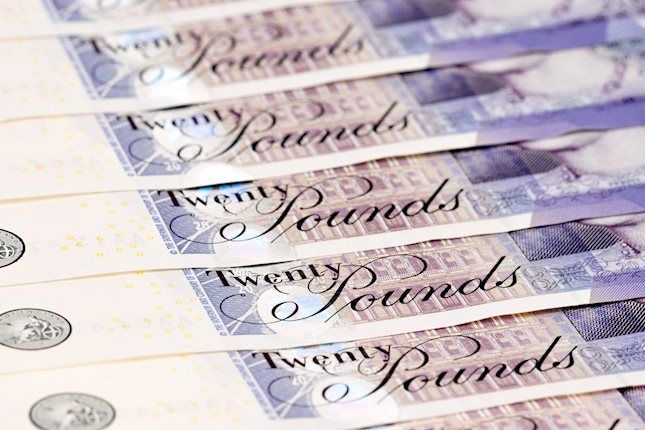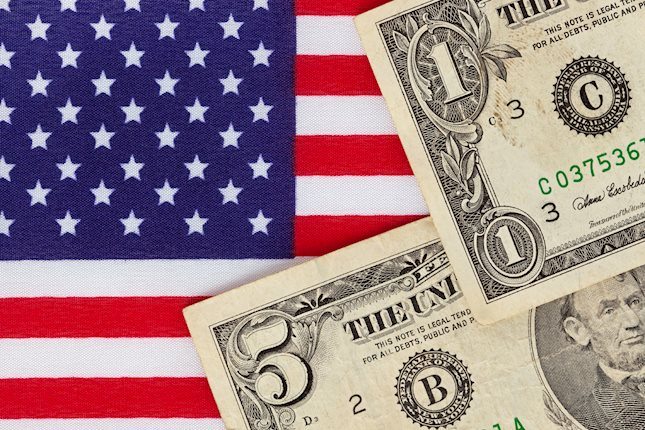- The White House and equity firms are determined to keep the NYSE in operation according to Treasury secretary Steven Mnuchin
- Hours could be restricted if the occasion warranted
- Dow gains more than 1,000 on White House pledge to do whatever is necessary for the economy
- Trump seeks $1 trillion in stimulus including direct payments to Americans
United States Secretary of the Treasury Steven Mnuchin told a press conference in Washington, D.C. that the government has no plans to close the equity markets.
“We absolutely believe in keeping the markets open,” he said. “Americans need to have access to their money”. A reduction in hours is possible he noted, though it is not clear what a shortened day might be. Normal NYSE hours are 9:30 am to 4:00 pm EDT. “Everybody want to keep it open,” he said.
Last NYSE closure
The last time the NYSE was closed was in 2012 when much of the Wall Street financial district was flooded by Hurricane Sandy.
Though it is treated as a rarity the NYSE has ceased operations more than 100 times over the last century for many, many different reasons.
In 1914 the market closed for three months as World War One began. After the market crash of 1929 and the start of the Depression the NYSE halted 23 times in the next decade but not only for financial reasons. The stoppages include pauses to mark the deaths of President Taft and Coolidge, and that of King George V of England, the last British monarch to be honored. After the Second World War trading was shuttered by a railroad strike, President Kennedy’s assassination and several computer snafus.
9/11
After the terrorist attacks on the World Trade Center on the morning of Tuesday September 11th, 2001 which struck just before the 9:30 am start of trading, the New York Stock Exchange and the Nasdaq did not open and remained closed for four days until Monday September 17th.
The NYSE is just a few blocks from the collapsed Twin Towers and downtown streets were strewn with debris from the buildings and the entire Wall Street district was closed. Many trading firms had offices in the World Trade Centers and hundreds of their employees were killed and their operations devastated when the structures fell.
On the first day of reopened NYSE trading the Dow fell 684 points, then the largest loss in history but not even in the top ten percentage declines. By the end of the week the Dow was down over 14% and the S&P 500 index has lost 11.6%.
Dow 2001-2003
CNBC
Airline, tourism and travel sector stocks were especially hard hit, but hotels and hospitality, entertainment and financial services also saw large losses.
Some sectors prospered. Technology companies, defense contractors, pharmaceutical and communications firms rose as the country prepared to enter the war on terror proclaimed by President George Bush.
Within one month the Dow had regained all but a few of the points lost from the 9/11 attacks.
Financial crisis
In 2008 and 2009 as the financial crisis played out and the government and the Federal Reserve were forced to rescue several banks and financial institutions and then intervene in the markets and the economy in unprecedented ways, the NYSE stayed open throughout more than a year of turmoil.
The largest post-war one day percentage decline in the Dow remains the 22.4% loss, 508 points, on Black Monday October 19, 1987. The NYSE did not close and the Dow rose 102.27 points in the next session, a one-day record. It took two years for the market to fully recover its losses. The greatest on day percentage loss was on December 12th, 1914 when the Dow dropped 23.5%.
Information on these pages contains forward-looking statements that involve risks and uncertainties. Markets and instruments profiled on this page are for informational purposes only and should not in any way come across as a recommendation to buy or sell in these assets. You should do your own thorough research before making any investment decisions. FXStreet does not in any way guarantee that this information is free from mistakes, errors, or material misstatements. It also does not guarantee that this information is of a timely nature. Investing in Open Markets involves a great deal of risk, including the loss of all or a portion of your investment, as well as emotional distress. All risks, losses and costs associated with investing, including total loss of principal, are your responsibility. The views and opinions expressed in this article are those of the authors and do not necessarily reflect the official policy or position of FXStreet nor its advertisers. The author will not be held responsible for information that is found at the end of links posted on this page.
If not otherwise explicitly mentioned in the body of the article, at the time of writing, the author has no position in any stock mentioned in this article and no business relationship with any company mentioned. The author has not received compensation for writing this article, other than from FXStreet.
FXStreet and the author do not provide personalized recommendations. The author makes no representations as to the accuracy, completeness, or suitability of this information. FXStreet and the author will not be liable for any errors, omissions or any losses, injuries or damages arising from this information and its display or use. Errors and omissions excepted.
The author and FXStreet are not registered investment advisors and nothing in this article is intended to be investment advice.
Recommended Content
Editors’ Picks

EUR/USD breaks below 1.1000 on stellar NFP
The buying bias in the Greenback gathers extra pace on Friday after the US economy created far more jobs than initially estimated in September, dragging EUR/USD to the area of new lows near 1.0950.

GBP/USD breaches 1.3100 after encouraging US Payrolls
The continuation of the uptrend in the US Dollar motivates GBP/USD to accelerates its losses and breaches 1.3100 the figure in the wake of the release of US NFP.

Gold rebounds from daily lows and flirts with $2,670
Following a post-NFP dip to the $2,640 region, Gold prices now embarks on an acceptable rebound and retest the area of $2,670 per ounce troy despite the marked advance in the US Dollar and rising US yields across the board.

US Payrolls surge in September, as 50bp rate cut ruled out
US payrolls data surprised on the upside in September, rising by 254k, smashing expectations of a 150k rise. The unemployment rate fell to 4.1% from 4.2%, average hourly earnings increased to a 4% YoY rate and there was a 72k upwards revision to the previous two months’ payrolls numbers.

RBA widely expected to keep key interest rate unchanged amid persisting price pressures
The Reserve Bank of Australia is likely to continue bucking the trend adopted by major central banks of the dovish policy pivot, opting to maintain the policy for the seventh consecutive meeting on Tuesday.

Five best Forex brokers in 2024
VERIFIED Choosing the best Forex broker in 2024 requires careful consideration of certain essential factors. With the wide array of options available, it is crucial to find a broker that aligns with your trading style, experience level, and financial goals.